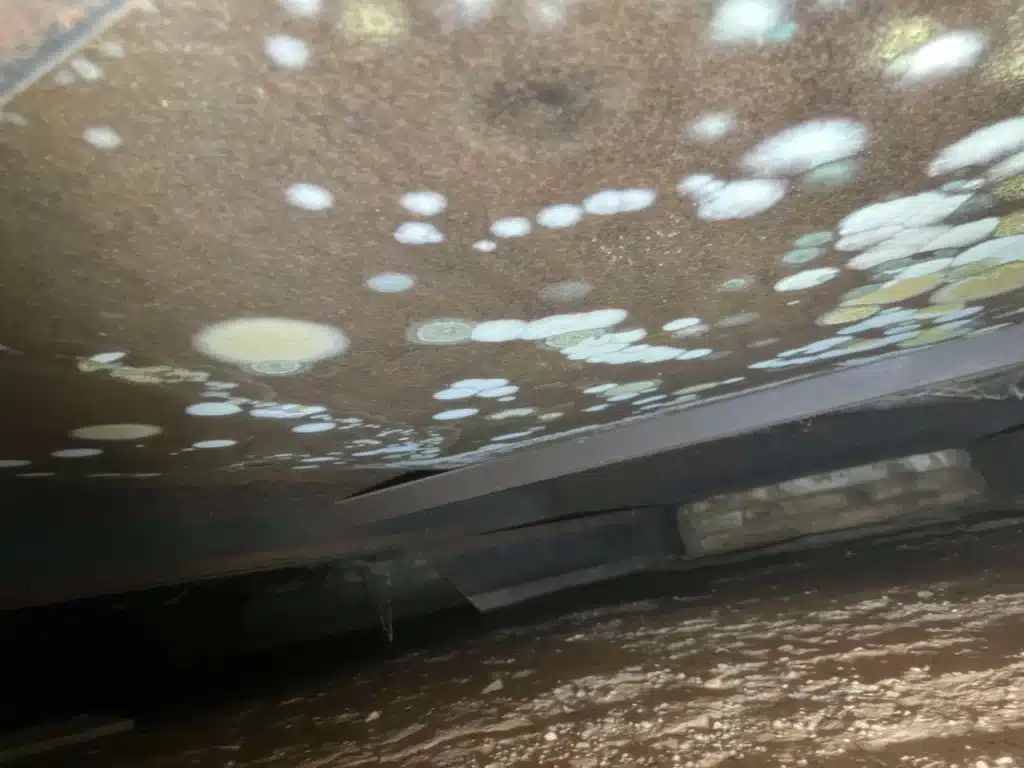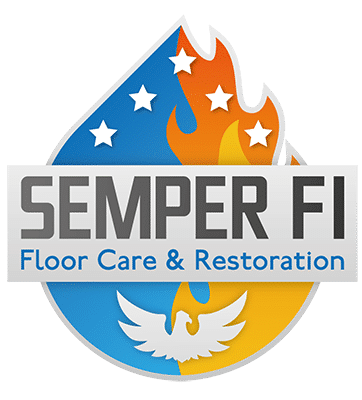Mold is no laughing matter. It’s sneaky, stubborn, and dangerous if left untreated. Once mold makes its way into those hard-to-reach corners, it can cause a lot of trouble—from structural damage to health problems like allergies and respiratory issues. We all know how infuriating it is when something’s wrong in your home, and you can’t immediately locate the source- luckily, this blog is here to help!
Knowing where to look and how to spot mold in those elusive spots can make all the difference. This guide will show you the most common areas mold loves to hide, the tools you’ll need, and when to bring in the pros. Keep reading, and let’s tackle this problem together!

Common Hard-to-Reach Areas for Mold
Mold thrives in damp, dark spaces that often go unnoticed. Here are some of the most common hiding spots in your home to check during a mold inspection:
- Behind walls and wallpaper
- Underneath carpets or flooring
- Inside HVAC systems and ductwork
- Behind large appliances like refrigerators or washing machines
- Bathroom ceilings or under sinks
- Basements, crawl spaces, or attics
- Around window sills and frames
Regular checks in these areas can go a long way toward catching mold early and preventing health issues
Signs of Hidden Mold
Spotting mold can often hide from plain view. However, you can look for these telltale signs of trouble to confirm the presence of mold in house areas you might overlook otherwise:
- A musty smell in particular rooms or spaces
- Unexplained discoloration on surfaces, including mold on walls
- Increased allergies, coughing, or respiratory issues in family members
- Peeling wallpaper or paint from moisture buildup
- Excessive condensation around windows or pipes
Tools and Techniques for Spotting Mold
The right tools can give you an advantage in spotting mold. Here’s what can help you with mold detection in those hard-to-reach spots:
- Flashlights and mirrors to get into tight or dark areas
- Moisture meters to detect dampness where mold may grow
- DIY test kits for mold testing, though they’re less effective than professional tools
- Ventilation or airflow checks to locate poorly ventilated, mold-prone areas
When inspecting, be safe. Wear gloves, a mask, and protective clothing to avoid disturbing spores. Slow and steady wins the race when it comes to catching mold.
When to Call a Professional
Sometimes, DIY efforts just aren’t enough. If you keep noticing recurring signs of mold, or the thought of venturing into ductwork or crawl spaces seems daunting, it’s time to call in the pros. Professional mold testing and remediation services are equipped to detect and eliminate even the most stubborn mold outbreaks.
Take Control of Your Home with Semper Fi
Mold doesn’t have to win. It’s time to banish it from your home with Semper Fi’s expert mold detection and remediation services. Our company has helped countless people detect and clear mold, from discovering mold on walls to providing professional mold inspection services. We’re here to make your home safer, fresher, and healthier. Contact us today!


